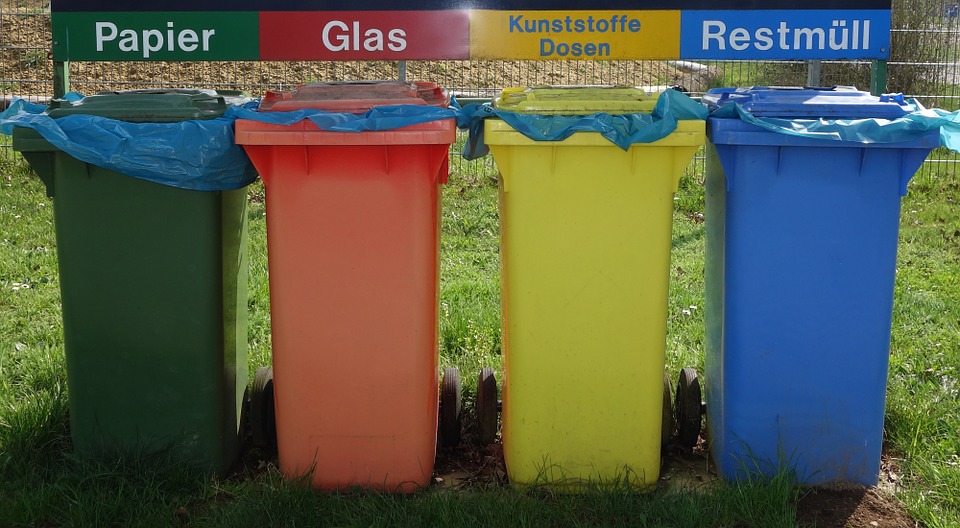We examine the impact of melt water percolation on the soluble ion chemical record from the Lomonosovfonna ice core. Principle component analysis shows that melting produces only simple changes between bubbly and clear ice facies, due to elution of ions.
The data can be naturally split into four groups: pre-industrial, immediately before, and after the end of the Little Ice Age, and anthropogenic impact eras. The 2nd, 3rd and 4th principle components for these periods all differ significantly, reflecting complex changes in environmental conditions. Thus the core preserves a rich record of environmental history, and simple one of melting. We construct a model of percolation effects to reconstruct “pristine” ice chemical composition, finding that even with melt percentages as high as 80%, there is little disturbance to the chemical stratigraphy. This suggests that ionic records from Arctic ice cap cores are nearly as reliable as those from Greenland or Antarctica.
Moore, J. C., A. Grinsted, T. Kekonen, and V. Pohjola (2005), Separation of melting and environmental signals in an ice core with seasonal melt, Geophys. Res. Lett., 32, L10501, doi:10.1029/2005GL023039. pdf
